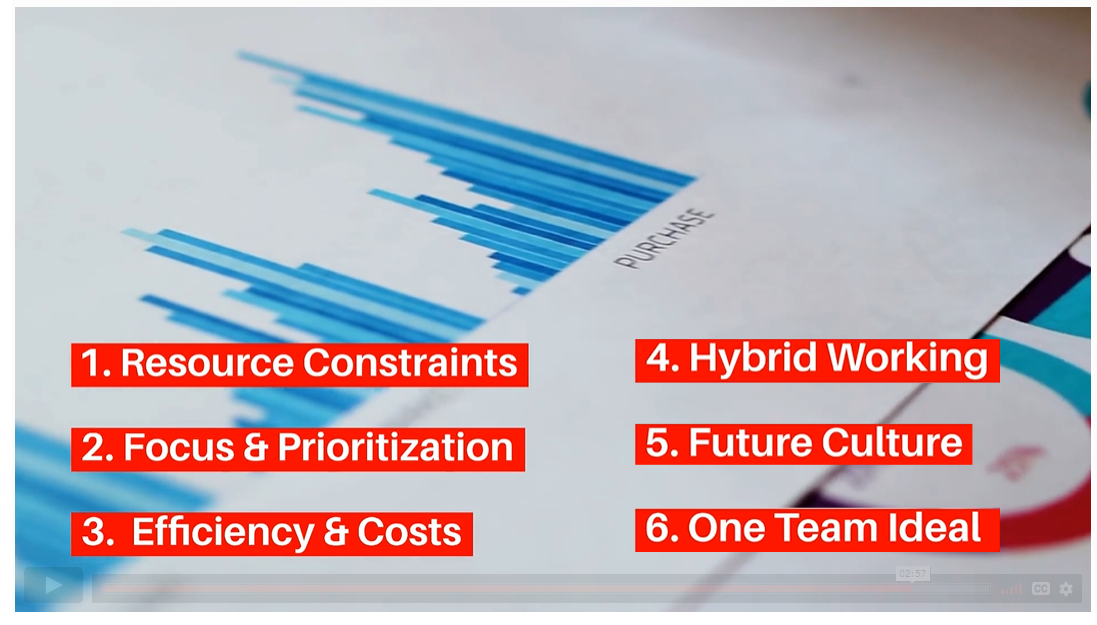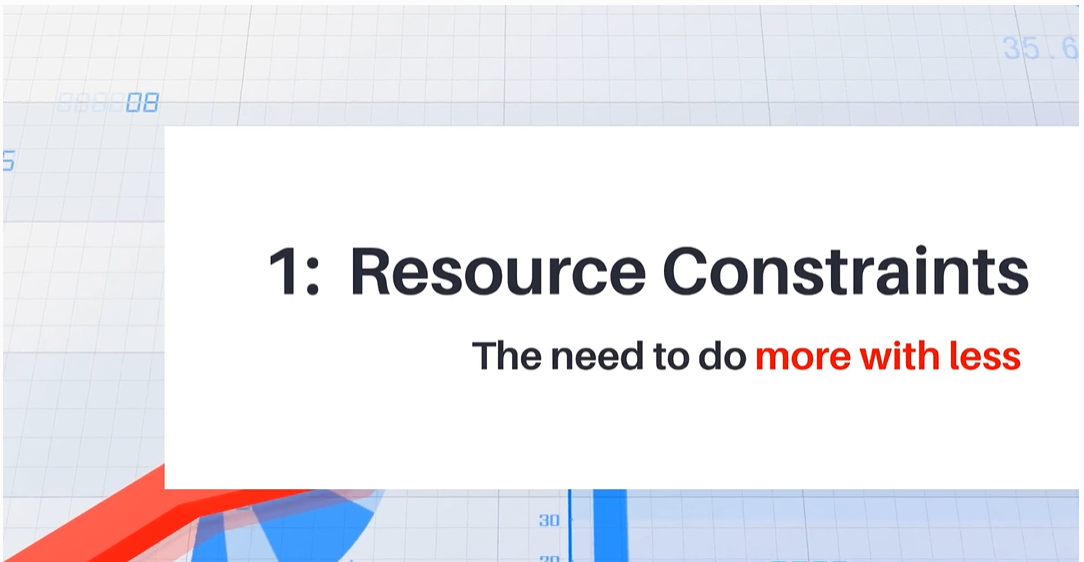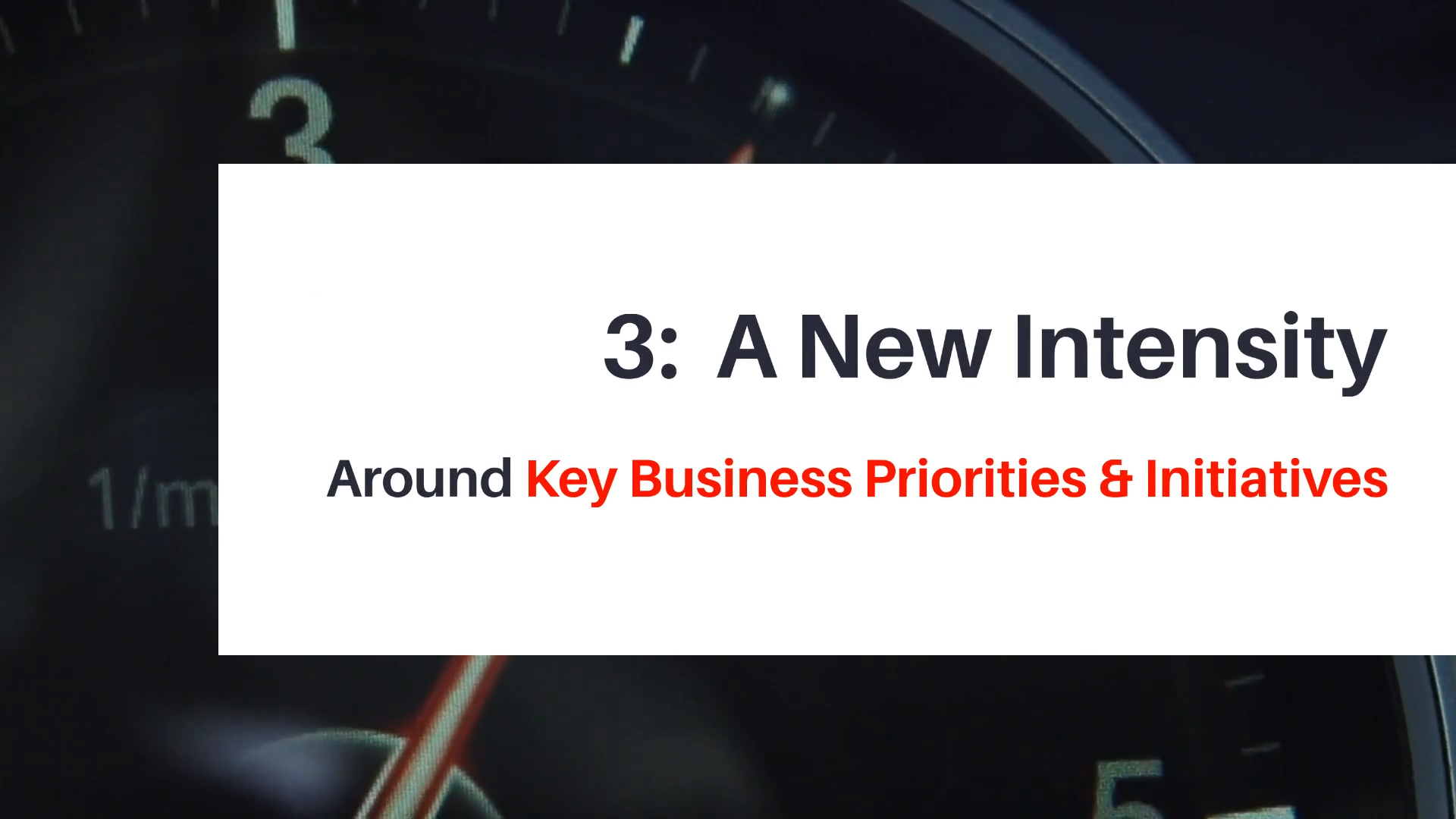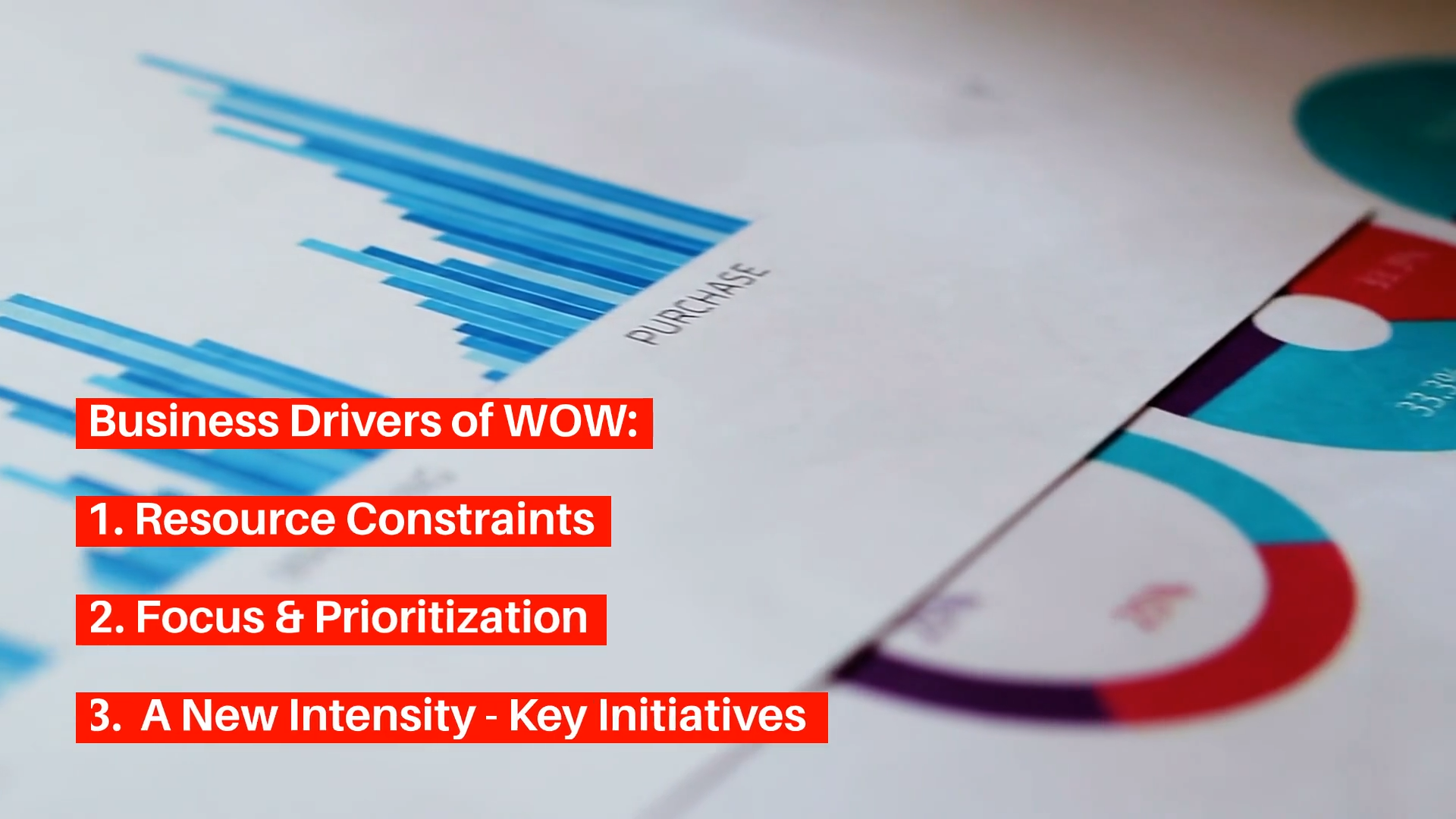Ways of Working
Ways of Working: Why Is Your CEO Talking About it?
Everybody seems to be talking about Ways of Working (WOW). That includes your CEO! But, what do they mean by WOW and what exactly do they expect it to achieve?
Here we explore the 7 key business drivers behind Ways of Working. They range from ‘resource scarcity’ to ‘a new focus and intensity’ around key business priorities and initiatives. It is an impressive list, but what can WOW do for your organization or team?
Separating Hype from Reality
Ways of Working (WOW): It seems everyone is talking about it. That includes your CEO, perhaps even your board. It is increasingly being highlighted in Annual Reports and Strategic Plans too.
You may be thinking, with so much talk ‘Ways of Working’ is certain to disappoint. It is yet another over-hyped management fad!

Your cynicism isn’t helped by the fact that ‘ways of working’ can sound vague and abstract. There does not seem to be a single clear definition of what it means.
The 7 Business Drivers of WOW
What is really driving the debate around Ways of Working? Why are CEOs (and other senior executives) talking about WOW and what specifically are they hoping that it will achieve for their organizations

Listen to CEOs and other senior executives talking about Ways of Working and you will hear seven fundamental business issues being discussed—as listed below.
 |
|
Each of the business drivers behind Ways of Working are explored in more detail below:
1. Resource constraints

There is growing pressure on resources due to a range of factors, including a tight labor market1, economic uncertainty and global supply chain disruption.
Faced with tighter budgets and stricter controls, leaders are increasingly aware of the practical constraints they face in delivering on their ambitious projects and initiatives.
When it comes to people resources, leaders are faced with post-Covid challenges such as:
- The Great Resignation – a record number of people (4 million per month) have been leaving their jobs since the beginning of the pandemic2. One in five workers plan to quit their jobs in 2022, according to one of the largest surveys of the global workforce3.
- Quiet Quitting. Many employees suffering pandemic burnout say they’ve just stopped working as hard. Economists link this to a fall of almost 5% in U.S. productivity numbers (output per labor hour) in Quarter 2 of 2022.4
Many high profile organization (such as Google and Facebook) who were once throwing new talent at business opportunities or challenges are now changing tack. Realizing that hiring is only half the challenge they are planning to hire less and align people better.
In July 2022 Alphabet (Google) CEO Sundar Pichai announced: ‘we’ll be slowing the pace of hiring for the rest of the year …and make sure the great talent we do hire is aligned with our long-term priorities.‘5
Of course the greatest resource is experienced, talented and committed people. Optimizing ways of working is key to their engagement and their effectiveness too.
2. Focus & Prioritization

Many organizations have too many projects & initiatives competing for scarce time, attention & resources. Little surprise that many CEOs want to prioritize.
‘Scarcity breeds clarity’ is how Alphabet (Goolge) CEO Sundar Pichai explained the need for focus and prioritization in a memo to employees in June 20226.
When business needs and priorities have been clarified two things happen:
- First, the organization can ‘de-clutter’ – stopping or slowing those projects and initiatives that are not a priority.
- Second, it can apply itself with a new focus and intensity to those key priorities, projects and initiatives that matter most.
The first frees up resources (time, talent and attention, as well as money) for the second (as explored next).
‘Why are we not spending more on A, B and C?’ asked the host of the TV debate. All the candidates for leader of the UK’s governing political party appeared ready to promise more spending in all the areas mentioned. One defied expectations and said: ‘There are no choices only tradeoffs… If we spend on A, then we will be taking the money from B or from C. We cannot do everything!’ But, did the candidate’s lesson in practical economics pay-off? Well, she didn’t make it to the second TV debate!7
Ways of working begins with a focus on the right results and on reducing non value adding work.
3. Key Priorities & Projects – A New Intensity

With priorities clarified, organizations can focus with a new intensity on delivering critical strategies, projects & initiatives. But what do leaders mean by ‘a new intensity’? Well, we hear the following:
- Aligning people and resources with key business priorities and in support of those strategies and initiatives that are critical to success. Inevitably that means moving resources from elsewhere.
- Greater urgency around ‘making things happen’- an impatience to see greater process – to achieve better results faster8.
- Creating an ‘unstoppable momentum’ behind key initiatives
- ‘Making it real’ or ‘bringing it to life’ including getting some quick wins or tangible early benefits
- ‘More action and less talking’ or ‘less focus on obstacles and impediments and more focus on removing them’
- The need for greater speed and agility, as well as collaboration (cross-functional) and innovation (as explored below).
However, all this boils down to the leader’s need for greater confidence around the execution of their ambitious strategies and initiatives. Focusing on key priorities and projects makes perfect sense.
Meta (formerly Facebook) announced plans for ‘disciplined prioritization and work with a high level of intensity to reach goals’ (July 2022)9.
4. Back to Basics – Efficiency & Costs

It is ‘back to basics’ for many CEO’s with a focus on boosting efficiency & cutting costs. This is fueled by economic uncertainty and pessimism – including concerns about inflation and the possibility of recession.
As an example Alphabet (Goolge) CEO Sundar Pichai launched a ‘Simplicity Sprint’ in July 2022 to gather employee feedback on productivity and efficiency10
Another less famous manager used mixed metaphors to describe the new reality of budgets – ‘all the fluff is gone – the budget has been cut to a minimum –there is no fat left’.
The narrative of slowdown and retraction continues to gain momentum. In August 2022 one well-publicized survey suggested that half of all US companies are gearing up for layoffs11
5. Hybrid Working – finding ‘a new normal’

The pandemic ushered in one of the greatest revolutions in how people work. The overnight shift to virtual working has changed things forever. Little wonder the return to the office hasn’t been a return to normal.
Leaders are still trying to find the hybrid model that works best for their organization and its people. There are many questions still to be answered, incl:
- Will culture, collaboration and innovation suffer?
- What are the long term implications for the fabric of teams?
- Is managing a virtual team different – what new skills and capabilities do leaders require as a result?
- How much freedom to give individuals and their managers around hybrid working?
- How far can organizations tighten the rules on virtual working without losing or disengaging talent?
- How to reconcile the needs of different generations in the workforce (e.g. Gen Z who may want to be in the office most), etc.
- How to balance the positive and negative implications for employee engagement and well-being (e.g. people gain the time they lost to commuting, but suffer from blurring lines between work and home)?
- What is the right balance the need for visibility and control, with freedom and autonomy? See the panel below.
‘Trust but verify’ were the words famously spoken by Ronald Regan in respect of monitoring the implementation of nuclear arms reduction treaties. Well, many organizations seem to be adopting a similar approach to remote working, with 8 out of 10 of the largest US private sector employers tracking white-collar worker productivity metrics. This is one of the findings of a recent New York Times investigation into the rise of digital productivity monitoring that reports: “Many employees, whether working remotely or in person, are subject to trackers, scores, ‘idle’ buttons, or just quiet, constantly accumulating records. Pauses can lead to penalties, from lost pay to lost jobs.”12 For some this is a leap in terms of productivity and efficiency. For others, it is an Orwellian ‘big brother is watching you’ moment with the potential to take leadership back one hundred years when the height of management sophistication was a stopwatch and clipboard.
Ways of Working provides a framework and set of tools to address ‘head-on’ the implications of hybrid working for the health and performance of critical projects and their teams. This includes the implications for traditional leadership, culture and structure. It also strives to find the correct balance
6. Culture Change – organizational dynamism

To compete in an increasingly complex and fast-changing world, leaders want their organizations to demonstrate greater speed and agility as well as collaboration and innovation.
‘Straight line acceleration is not an option’ said the CEO at the start of the senior leadership team away-day. ‘The changes that are coming around the bend represent a significant threat to our sustained performance. But, if we are agile and innovative, they can also represent a significant opportunity’. This is yet another example of leaders calling for greater organizational dynamism in response to a fast changing and perhaps even threatening environment. We label this new dynamism ‘seeing around corners’13 and measure / optimize it using a seeing around corners index14.
Such organizational dynamism is seen as essential to embracing the opportunities and challenges of an uncertain future. But how to achieve such an organizational transformation?
Organizational re-structures are happening with increased regularity, but experience has taught leaders that restructuring cannot be successful without cultural change too!
Changing the organizational chart won’t be enough to change behaviors. Of itself, it won’t make the organization more nimble or responsive. More direct efforts are likely to be required to change how people work and interact right across the organization and specifically how they work together on key business priorities and strategic projects or initiatives.
Ways of Working provides a framework and set of tools to shift culture by optimizing everyday roles and interactions on a team by team level.
Many of those calling for greater innovation and agility, are leaders of long-established traditional organizations. Thus, the ‘agility without chaos’ message is very appealing15. In this context, Ways of Working provides a framework to address the challenges of balancing ‘business as usual’ visibility and control (in the core business) with ‘business unusual’ speed and agility (in new and adjacent areas).
7. The ‘One Big Team’ Ideal

‘We are one team’ is the message from many CEOs as they seek to unite the organization’s different departments & functions. They are all too aware of the need to ensure that people are pulling in the same direction, regardless of their department or role. Also, to ensure that they can work together to tackle new business opportunities and challenges.
Most important or innovative strategies cannot be delivered by one or a few departments working in isolation. Taking a new product to market in 6 rather than 16 months requires effective cross-functional collaboration. So too does implementing a back-end system or executing on a new strategy.
Leaders are calling for an end to functional silos – for their organizations to be ‘one-team’. However, cross-functional collaboration presents real challenges for organizations that have traditionally been organized from the top-down along functional lines. It requires shifting the shape of the organization – from functional hierarchy to cross-functional matrix or network of teams.
Ways of Working provides a framework and set of tools to address the challenges of effective cross-functional collaboration in delivering on key projects and strategic initiatives.
What is Your WOW Agenda?
Here is a quick recap on the Top 7 Business Drivers for Ways of Working:


Pause for a moment to reflect on the factors listed above and explore these questions:
What are the business opportunities or challenges are your CEO/ Senior Management Colleagues hoping to address via Ways of Working?
What role can Ways of Working play in the success of your unit, project or team?
As you can see from the 7 factors listed above, expectations around Ways of Working are great, perhaps they are even be too great. However, it is hard to know just how much organizations can really achieve in terms of Ways of Working. That is until we know more about what specifically they are going to do in this area. That includes the processes and tools and so on that are going to be used and what measurement will be used to track progress. Here the pitstop approach has an advantage of providing a practical framework and toolkit for optimizing ways of working, as well as a means of measuring progress and impact.



